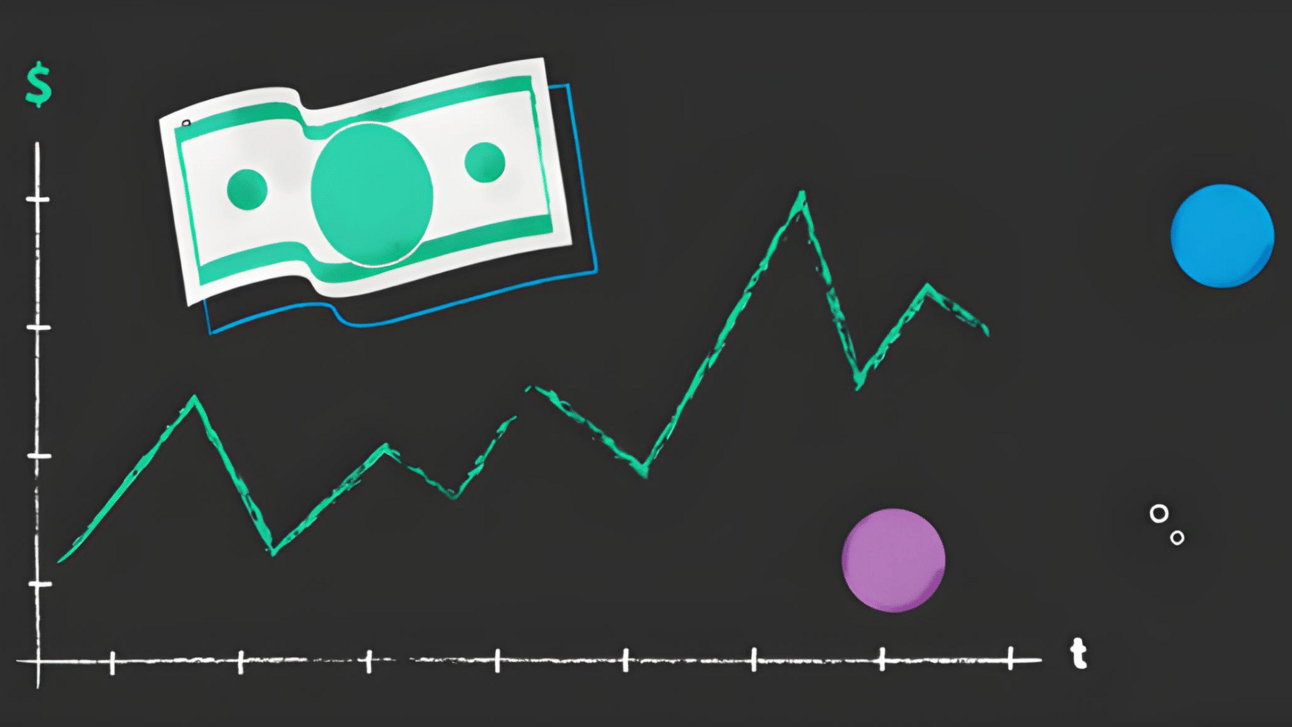
Image: Nexocode
There’s been chatter lately about whether dynamic pricing will replace flat rate as the HVAC industry’s go-to pricing model. So, to get some perspective, we asked Vincent Payen, ServiceTitan’s VP of Pro Products, who’s working on the technology, to share his thoughts.
Catch up: Dynamic pricing is when prices are adjusted in real-time based on demand — daily instead of seasonally, for example.
Why it matters: The HVAC industry is understaffed — and weather-dependent.
“Properly managing daytime vs after-hours pricing, as well as surge pricing driven by seasonal demand or weather, can drive over 10% in additional margin improvements,” Payen told Homepros in an email.
The 10% figure is based on ServiceTitan’s internal data.
Details: There are two parts of dynamic pricing: Managing real-time material costs, and adjusting prices based on demand.
“Many do not update this regularly enough. When contractors use pricebook automation to automatically reflect [the] latest material costs, they ensure they do not have margin erosion,” Payen wrote.
On the flip side, a range of factors need to be considered to adjust prices daily, including “service capacity, current and expected future demand, willingness to pay, [and] labor and material costs,” he added.
“All of this should be optimized in real-time. This is why very few have achieved true dynamic pricing in the trades.”
Our question: Is the technology there yet for this to work? According to Payen, “Absolutely.”
“We are leveraging all the data we have from real-time dispatch, capacity, marketing, historical trends, and expected customer demand to build models that will soon be used to automate pricing and capacity management in real-time,” he explained.
He noted the speed of AI advancements is making this achievable.
Yes, but: There will be challenges. Customers may resist surge pricing like in other industries, and contractors may fear adoption.
“As we develop and roll out more AI-powered systems, contractors will need to trust the technology to do the right thing,” he wrote.
“While this is not always easy and can take a leap of faith, the upside to gain will be immense.”
The bottom line: There are some hurdles to overcome before dynamic pricing becomes the industry’s go-to model, but it shows promise — and it’s coming.
📫 To get stories like this delivered to your inbox every week for free, subscribe to our newsletter here.